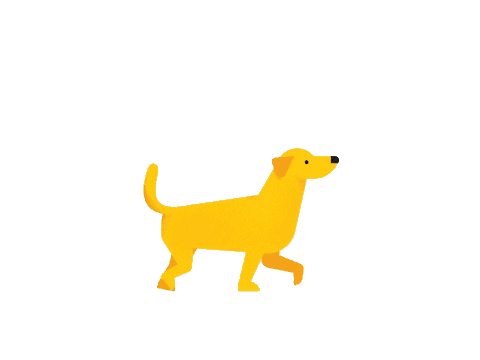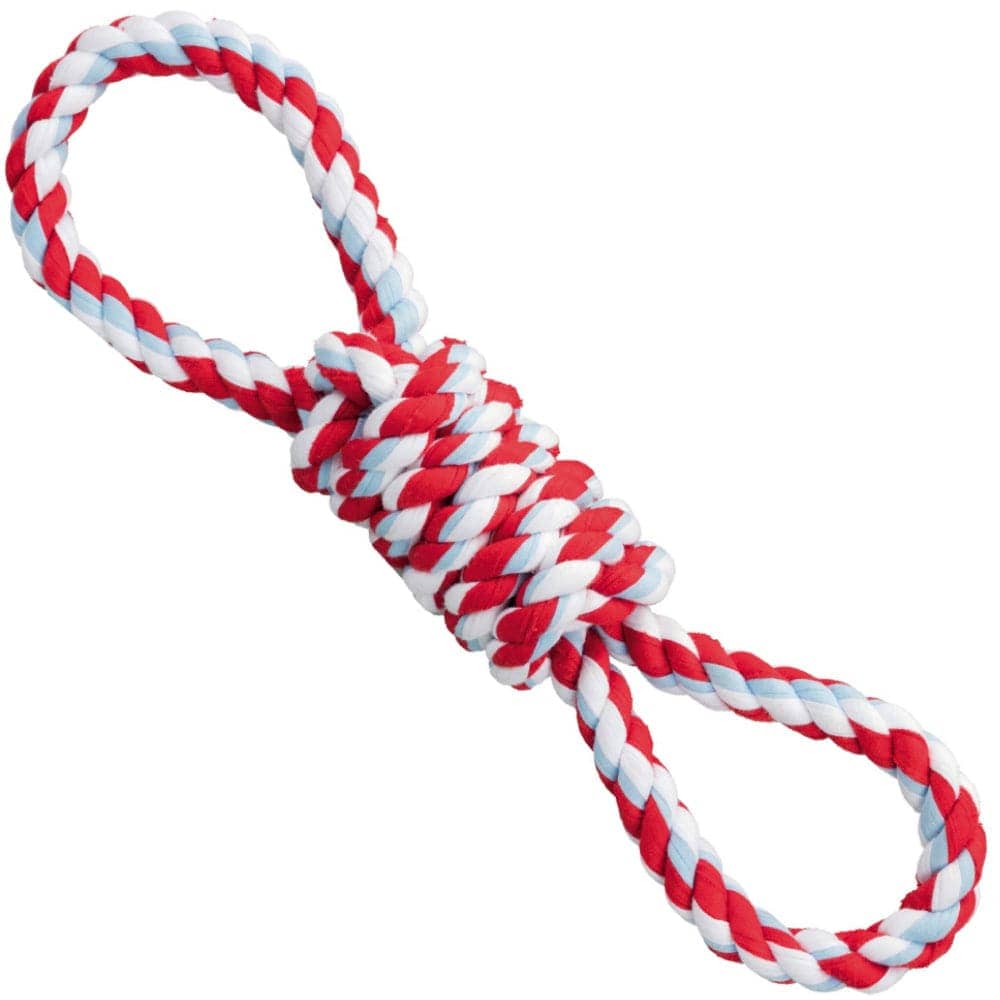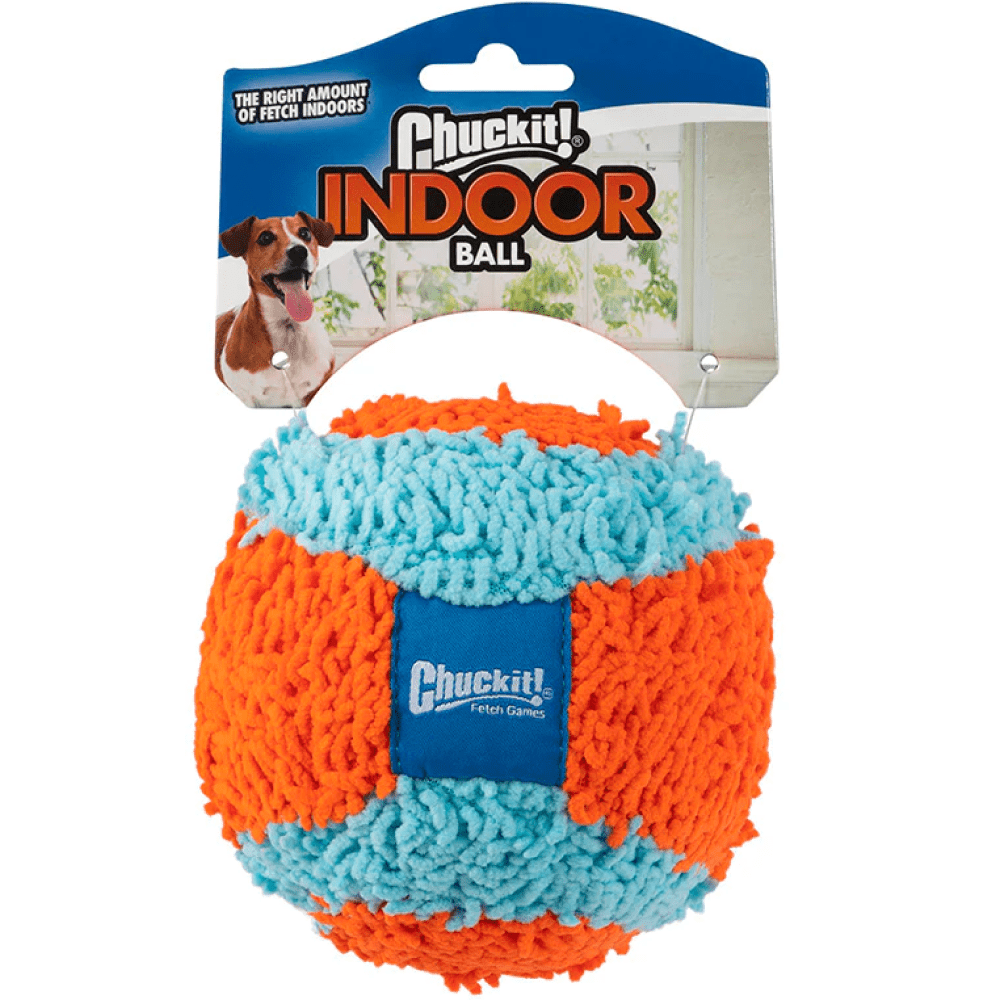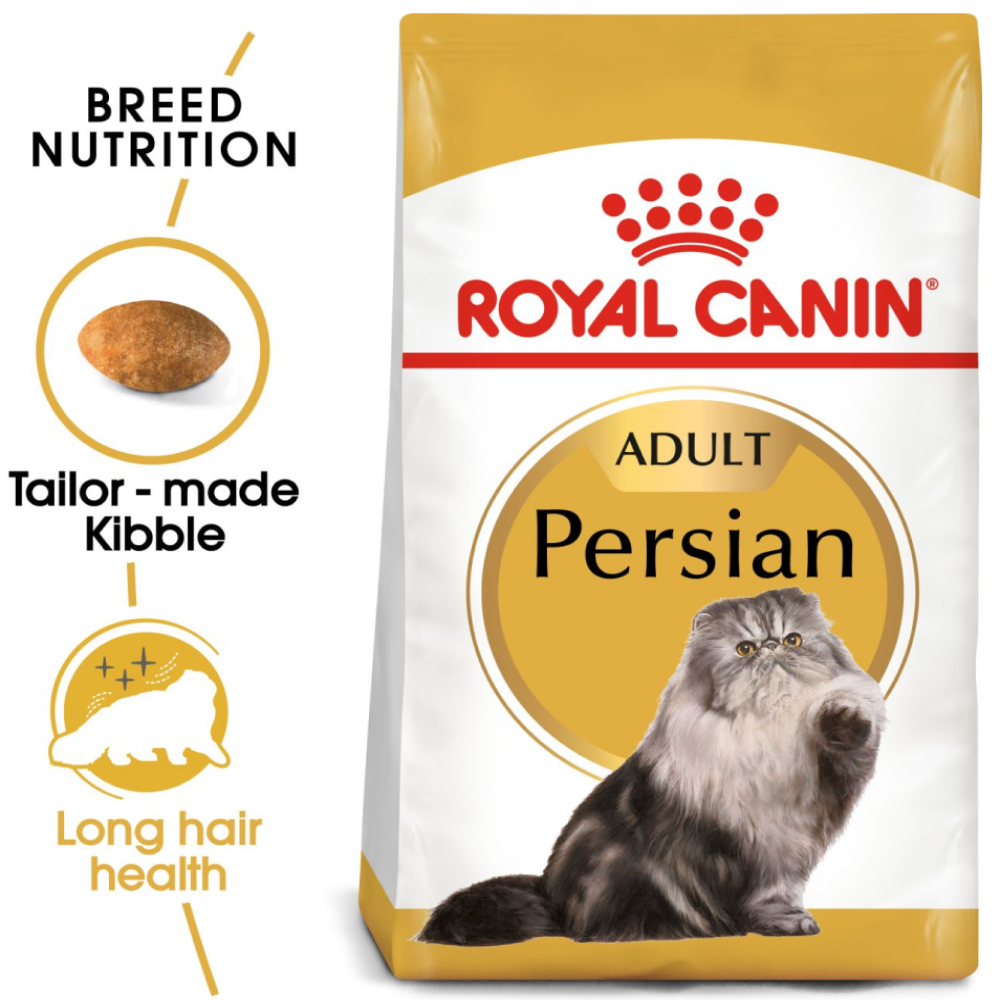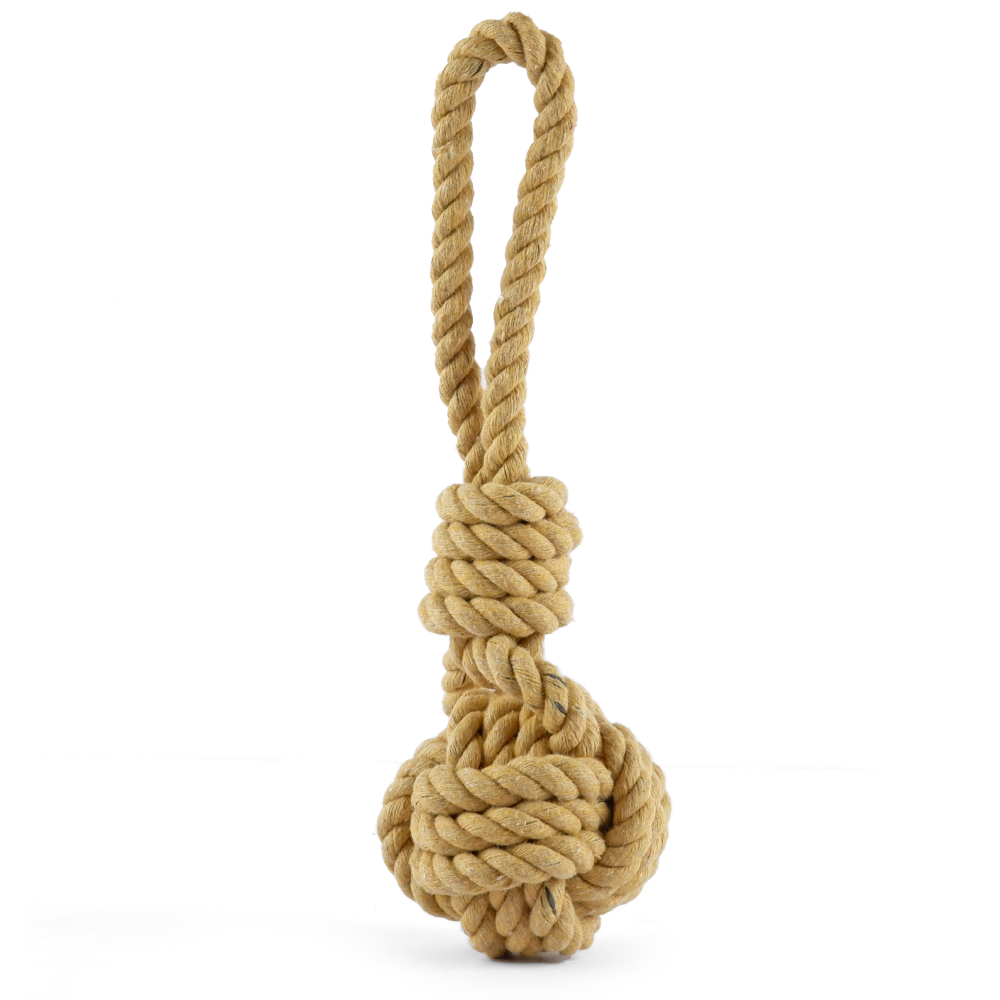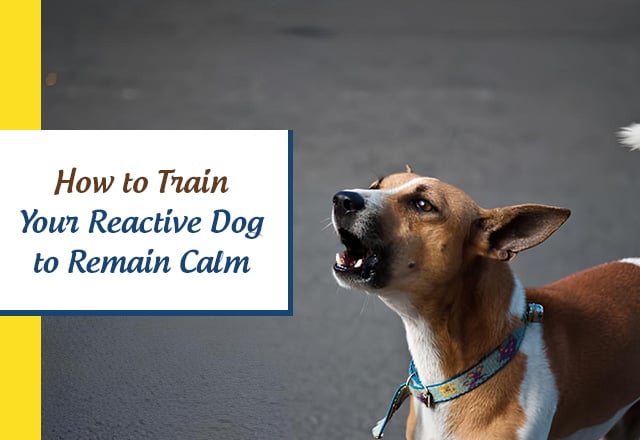
Are you concerned with your dog’s tendency to bark, lunge or act uneasy around other pets or humans during daily walks? These reactions, however, do not make your pal “aggressive” but in fact are signs of “reactivity”. Reactive dogs may react to common stimuli and can get difficult to control. It is a common phenomenon and can be best tackled with positive reinforcement.
In this blog, we will shed light on reactivity in dogs and ways to train them to remain calm.
Signs that your dog is reactive:
A dog is generally referred to as reactive when it shows signs of frustration or worry in certain situations or around unknown humans or pets. They will generally display the following signs:
- Growl, bark, snarl or lunge at other pets or people
- Bounce aggressively, trying to get out of their harness or collar
- Grab you or your clothes and shake it
- Hide behind you or between your legs
- Nip other dogs they are walking with
- Try to jump upwards into your arms
- Pull away from you
Why is your dog reactive?
According to experts, it is fear that generally motivates reactivity in dogs. But, there can also be other underlying emotions such as frustration and excitement that make dogs reactive. Other sources of reactivity can include a dog’s genetic predisposition, negative experiences in the past, the environment it is living in and lack of socialisation or training.
Reactivity in dogs doesn’t have a lot to do with the breeds of dogs. It is more about the experiences that the dog has gone through and the way it has been raised. However, small dogs tend to get reactive often as everything is large around them which frightens them.
How to calm down your reactive dog?
Instead of trying to adjust to a reactive dog, it is better to learn how to train them to remain calm. Below are some of the effective ways to tackle reactiveness in dogs:
-
Identifying triggers
The first step towards calming down a reactive dog is to identify the triggers that set them off. Once you’ve successfully identified the triggers, try to avoid them while working on a training plan. Walking your dog when other pets or humans are not around and avoiding dog parks can help temporarily with the situation.
-
Protect your dog
If your dog is reactive, be vigilant while you take it for daily walks. If you identify a pet or a person that can upset your furball, try avoiding them. Also, make sure to protect your pet from any stranger getting close to them. If anyone tries to get close to your dog or tries to pet them, firmly convey to them the message that your pet is shy and doesn’t appreciate intrusion into its personal space.
-
Set up a routine
According to studies, routines make the world predictable for dogs and help them sense everything going around them. An effective routine helps dogs remain focused, calm and safe even in stressful situations. Once your dog gets the hang of the routine, you can put it into action in public places like parks and during walks.
-
Get essential equipment
Investing in a few useful pieces of equipment can help you calm down your dog when they get reactive. Good quality collars, leashes and harnesses can help you control the direction of your dog when it gets aggressive and tends to break free.
A crate also comes to great help in controlling reactivity. Appropriate crate training convinces dogs that their crate is their haven. The equipment also comes of great help while transporting dogs and controlling their reactivity while travelling in the car.
-
Counter-conditioning
Behaviour modification and counter-conditioning help control your dog’s triggers or make them less disturbing. You can start by offering treats as soon as it starts to get reactive till the person or pet that is triggering it moves away to a safe distance. This will help your pet associate the trigger with something positive. You can also use their favourite toys or praise them for positive reinforcement.
It is essential to work on a plan to make triggers less scary for them by associating them with treats, toys or praises. You can consult a veterinary behaviourist or a dog trainer for a customised strategy for your pal.
Wrapping Up
The most important aspect of training is patience. You shouldn’t expect your dog’s reactive behaviour to subside overnight. Make sure to keep a close watch on your pet and maintain the training on a level that is comfortable for them. As dogs are playful creatures, implementing fun activities and excursions can have a positive impact on them. If either of you get tired or frustrated with the training process, take some time off and try again together with zeal and enthusiasm.
10 Must-Know Tips for Training Your Golden Retriever
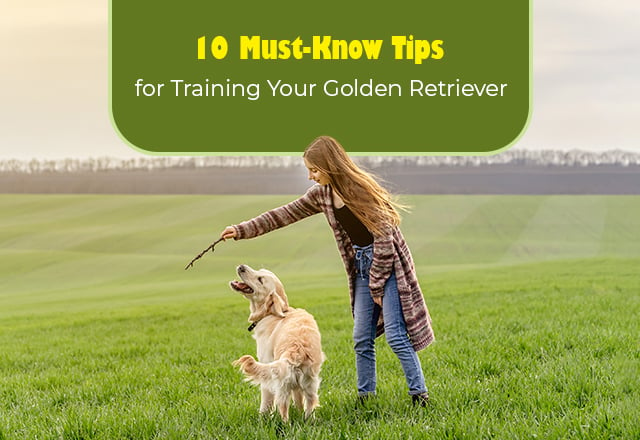
Golden Retrievers are one of the most lovable dog breeds and are widely preferred by dog parents for being people-oriented and having gentl...
Pawsandpaws | Mar 04, 2025How to Teach Your Dog to Use Pet Stairs

Teaching your dog to use stairs is essential for their well-being and safety, especially when they want to reach their favourite spots, lik...
Pawsandpaws | Feb 12, 2025